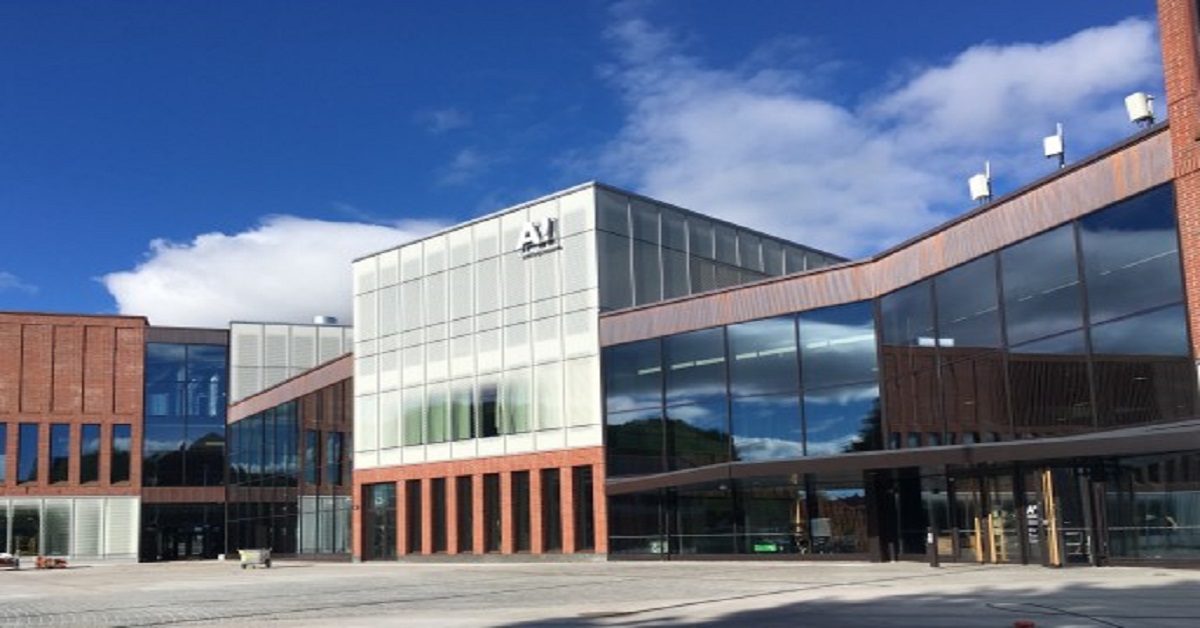The Department of Electronics and Nanoengineering conducts research and arranges related courses in the field of electromagnetics, micro and nanotechnology, radio engineering, and space technology featuring an international team of over 150 Researchers and Research Assistants. The Department is part of the Aalto University School of Electrical Engineering (Aalto ELEC) with world-class research facilities and instruments.
The Antennas and Propagation group of Aalto University School of Electrical Engineering is looking for a
Master’s thesis worker for
EXPERIMENTAL CHARACTERIZATION OF RADAR CROSS SECTIONS FOR LIVING OBJECTS, TARGETING 6G COMMUNICATIONS AND RADAR SYSTEMS.
Job description
The fifth-generation (5G) cellular wireless has started its roll out in many countries. Now research on future generation radio communications started to aim at defining sixth-generation (6G) technical features, applications and ecosystems. One of the most distinguishing features of 6G radios is the more aggressive use of millimeter-wave bands; the deployments are presently limited to lower millimeter-wave frequencies. Due to the availability of wider bandwidth, the higher end of millimeter-wave frequencies, i.e., above-100 GHz, gains attention in the research community. Within the community a common question about the use of above-100 GHz radios is, “is it even possible to deliver power from a base station to a mobile station in cellular settings, given the significant link blockage and diffraction losses?” The work in this position addresses this question in terms of electromagnetic field scattering. Numerical and experimental approaches are sought, hoping to create a mathematical model that describes electromagnetic-wave scattering from typical objects found in cellular sites. Such a model also has strong relevance to radar systems operating in above-100 GHz band for safety and security applications.
Our group has a channel sounder at 140 GHz radio frequency for characterization of material-wave interaction. The sounder will be used as a monostatic or a bistatic radar system, in order to estimate permittivity and radar cross sections of the object under test. The chosen candidate is expected to accomplish the following tasks:
- Using the 140 GHz channel sounder, including assembly of instruments and microwave components, acquisition of scattering parameters with best possible signal-to-noise ratio, and performing radar measurements;
- Estimating the permittivity and the radar cross section of several objects, e.g., living trees; and finally.
- Writing a scientific report about the realized measurement methods, results and data post-processing method to estimate the permittivity and radar cross section.
The study will be performed in close collaboration with a doctoral student who operates the channel sounder and leads millimeter-wave measurements. The candidate is expected to communicate with international academic institutions and wireless industry committed to the development of 6G radio systems.
Research group
Associate Professor Katsuyuki Haneda leads the Antennas and propagation research group, which has been involved into several EU FP7 and Horizon 2020 projects about 5G-and-beyond physical layer studies and hence is known internationally to scientific and industrial research communities. Applications of the developed knowledge and experimental facilities about 5G-and-beyond cellular to industries are one of the key research missions of the group.
Requirements
You have basic knowledge of electromagnetic fields such as plane waves and antennas, as well as experience in radio frequency measurements of microwave components and/or antennas. It is advantageous if you have also has the following knowledge and skills:
- Experience in simulating electromagnetic-wave propagation using numerical tools such as CST Studio Suite and MATLAB.
- Basic knowledge of 5G radio communications and radar systems.
Only students studying for a master’s degree can apply for this position. Applicants who already have a master’s degree are not eligible.
Salary and contract
This position will be filled up to six (6) months. A full-time work contract is granted if the candidate has finished all the other master level courses, while a part-time work is granted if the candidate needs to attend other courses in parallel to this employment. The salary follows the standard salary level of research assistants in the School of Electrical Engineering, based on the acquired study credits. We prefer that the work starts in January 2021 at the latest.
How to apply
Please submit your application through our recruiting system and include the following documents in pdf format, in English:
• Course transcripts of master’s study
• Curriculum Vitae
Deadline for applications is November 15, 2021 but we will start reviewing candidates immediately upon receiving new application documents.
